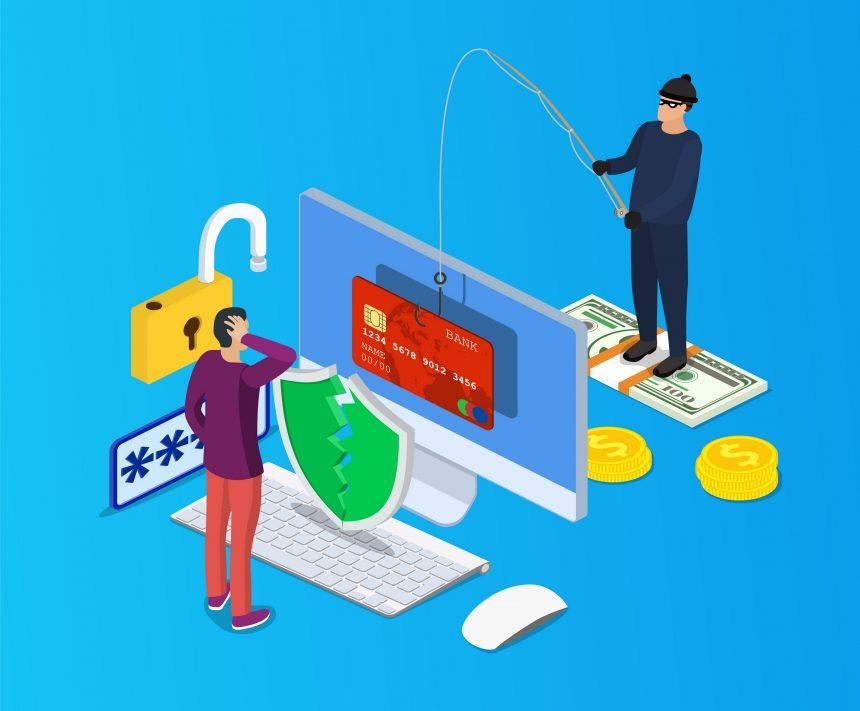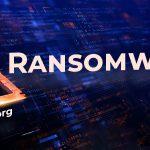The digital landscape is rife with cyber threats, and one such menace is the “CashAid Project” email scam. This phishing campaign preys on unsuspecting individuals, attempting to trick them into divulging sensitive information or sending funds under the guise of a charitable initiative. This article aims to expose the tactics employed by the scammers, the potential consequences for recipients, and offers guidance on detection, prevention, and handling.
Actions and Consequences
The “CashAid Project” email scam operates as a classic phishing attempt, masquerading as a benevolent grant from the Children Charity Foundation (CCF). The deceptive email claims that the recipient has been selected as a beneficiary for a substantial grant, enticing them with promises of financial assistance for charity work and personal business development.
Deceptive Email Content
- Generic Salutation: The email addresses the recipient as a “Grant Beneficiary,” employing a generic salutation to create an illusion of legitimacy.
- False Congratulations: The scam congratulates the recipient on being selected for the CashAid Grant, fostering a false sense of achievement.
- Random Selection Claim: The sender alleges that the recipient’s email address was randomly chosen during a selection process involving seminar/conference attendees and internet users.
- Grant Components: The email outlines two components of the grant – one for charity work and another for personal business development – totaling $2,740,000.
- Request for Personal Information: Recipients are prompted to fill out a “Grant Payment Scheme Voucher Form” (GPSV) attached to the email, potentially exposing personal details.
Potential Consequences
- Identity Theft: Disclosure of personal information could lead to identity theft, compromising sensitive data such as full names, addresses, and dates of birth.
- Financial Loss: Scammers may attempt to extract upfront fees or additional charges under various pretexts, resulting in monetary loss for the victim.
- Unauthorized Access: The scam might involve tactics to gain unauthorized access to the recipient’s computer or accounts.
Prevention and Best Practices
- Critical Evaluation: Scrutinize unexpected emails, especially those claiming financial benefits, and exercise skepticism.
- Avoid Clicking Links/Attachments: Refrain from clicking on links or downloading attachments from unsolicited emails, as they may harbor malware.
- Verification: Verify the legitimacy of unexpected grants or awards through official channels, such as contacting the supposed organization directly using trusted contact information.
- Secure Personal Information: Avoid sharing sensitive information online unless absolutely necessary, and be cautious about the details provided in response to unsolicited emails.
- Use Two-Factor Authentication: Enable two-factor authentication where available to add an extra layer of security to online accounts.
- Educate and Stay Informed: Educate yourself and others about common phishing tactics, staying informed about emerging threats in the cybersecurity landscape.
By understanding the tactics of the “CashAid Project” email scam and implementing vigilant practices, individuals can safeguard themselves against falling victim to phishing attempts and enhance their overall cybersecurity posture.





